The LA Times’ Kenneth Turan recently gave high praise indeed to the UCLA Film & Television Archive’s Festival of Preservation.

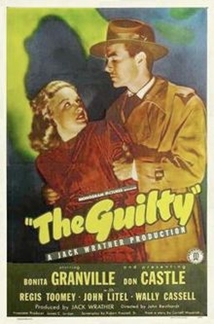 As he put it: “Forget Cannes, Sundance, even the Oscars: This is the cinematic event I look forward to most of all. That’s because no other movie festival comes close to it in the magnificent breadth of neglected but compelling American film material it puts on display.”
As he put it: “Forget Cannes, Sundance, even the Oscars: This is the cinematic event I look forward to most of all. That’s because no other movie festival comes close to it in the magnificent breadth of neglected but compelling American film material it puts on display.”
Hmm. Forget Sundance? Sure. Forget the Oscars? Done. But Cannes? Not so much. That said, however, I am also very much looking forward to UCLA’s terrific monthlong lineup, which begins on March 5 with Anthony Mann’s “Men in War.” This year marks the 17th edition of the festival.
For noir fans, the double feature on Saturday, March 7, should not be missed. It starts at 7:30 p.m.
In “Too Late for Tears” (1949, Byron Haskin), noir badness bursts from the screen as Lizabeth Scott plays a housewife who comes across a suitcase stuffed with $60,000 in cash. Scott seizes the chance to say goodbye to cooking meatloaf, washing dishes and doing laundry. Duh! Besides, it turns out that she’s a much better murderess than she was a homemaker. Arthur Kennedy plays her husband and the always-great Dan Duryea shines as a private eye.
Next up is “The Guilty” (1947, John Reinhardt), based on a short story by Cornell Woolrich. Here, Don Castle and Wally Cassell are lured into trouble by Bonita Granville, who plays twin sisters, one good and one bad, natch. When the nice girl is found murdered, both men are under suspicion. “The Guilty” is reminiscent of Robert Siodmak’s “The Dark Mirror” from 1946.
Film historian Alan K. Rode will discuss the films.
Films will be screened at the Hammer Museum’s Billy Wilder Theater in Westwood.





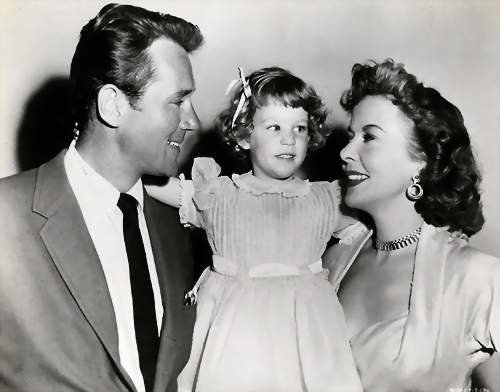
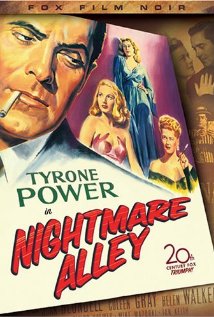
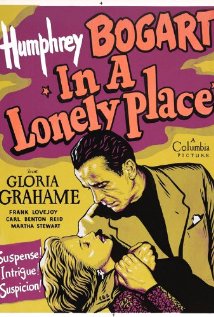
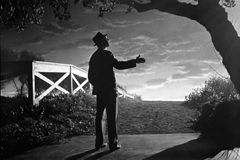
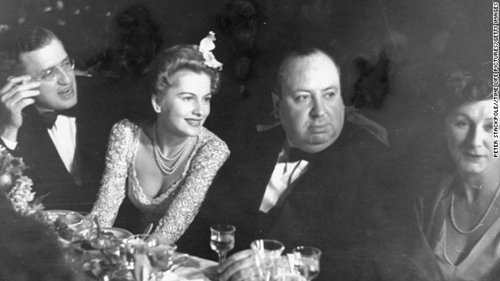
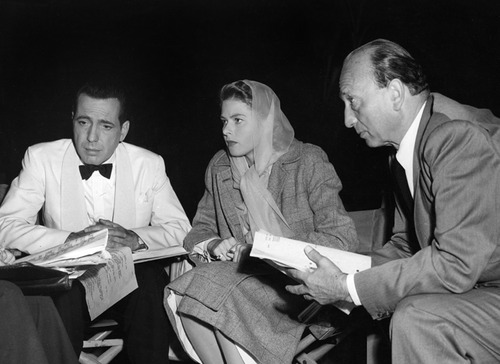
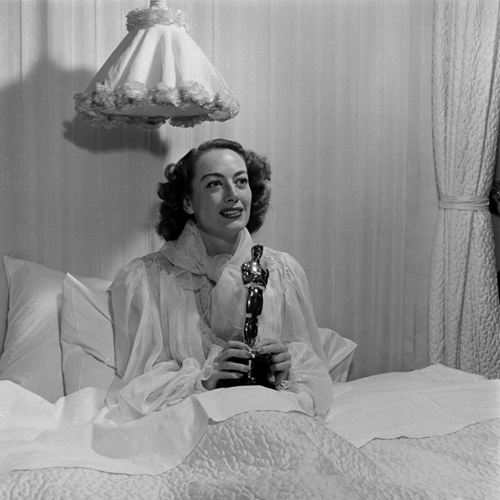
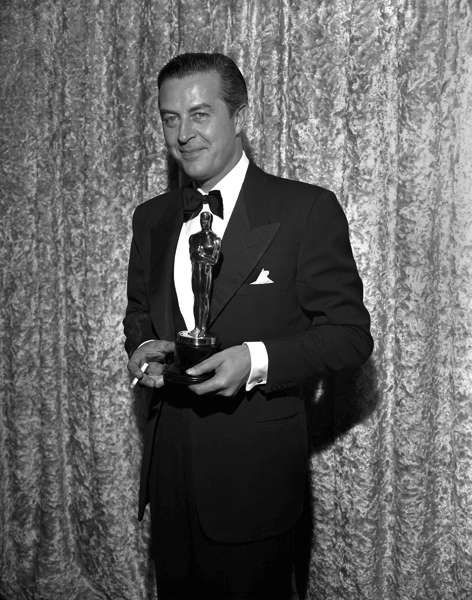
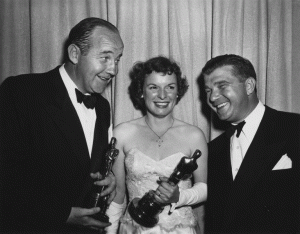
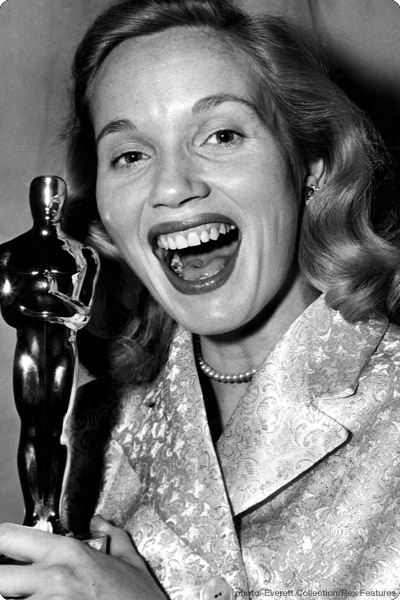
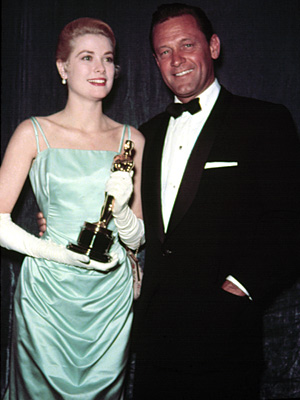
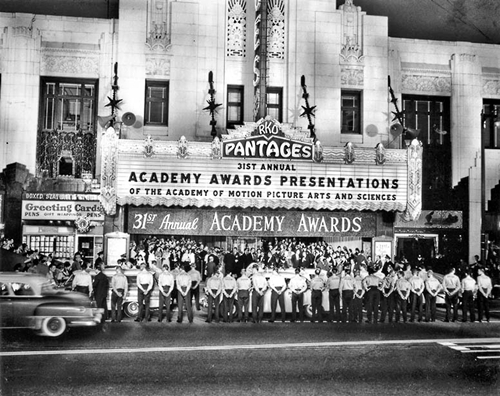
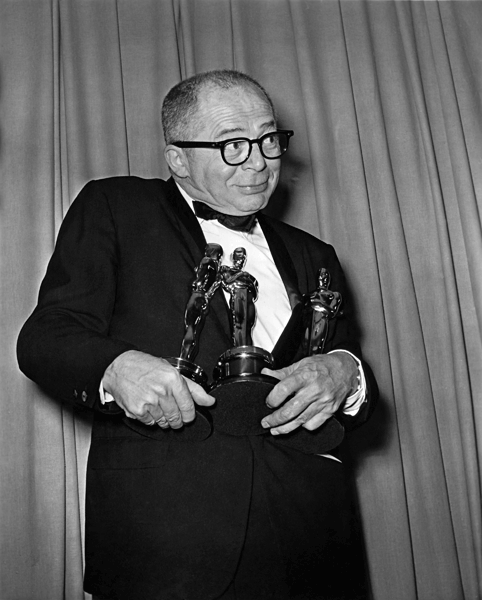
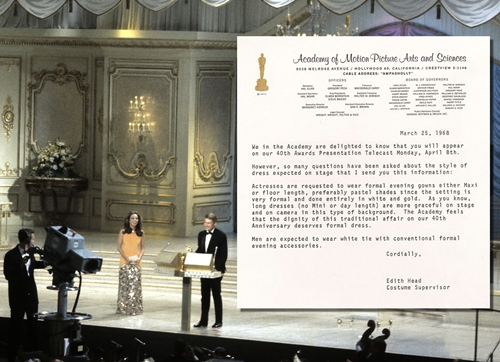
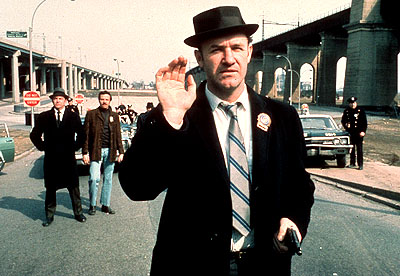
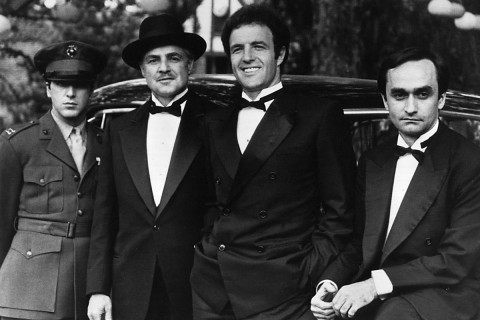
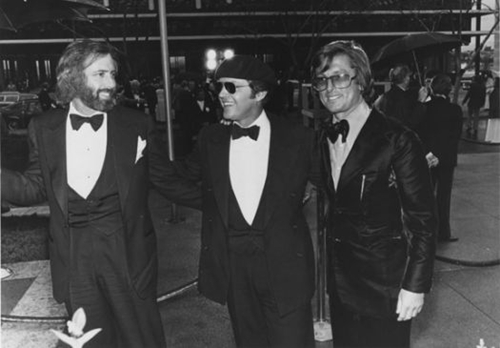
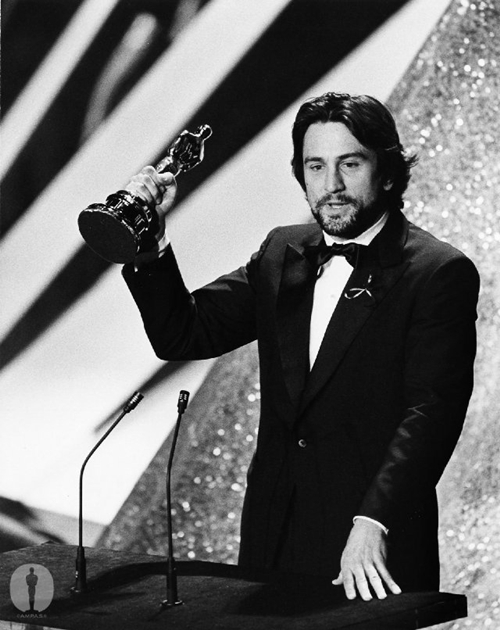
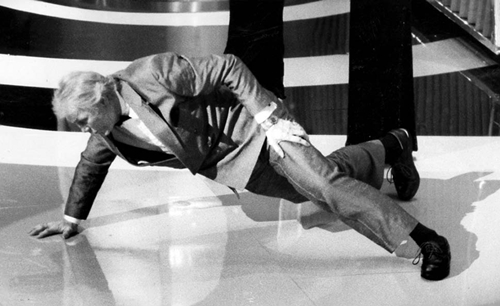
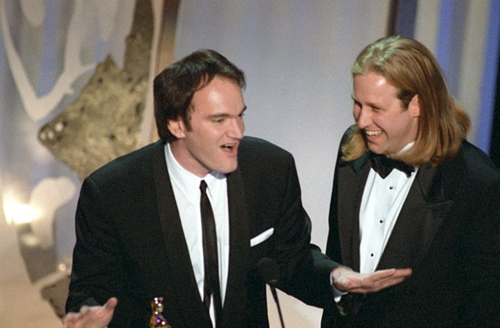
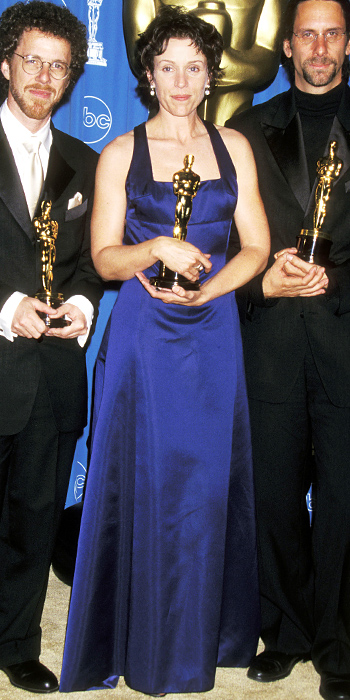
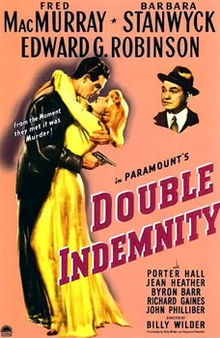
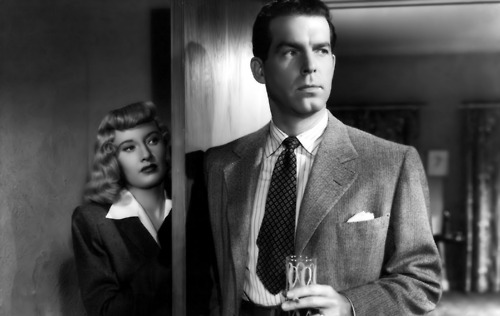
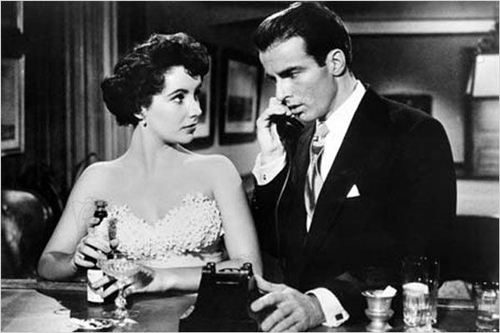
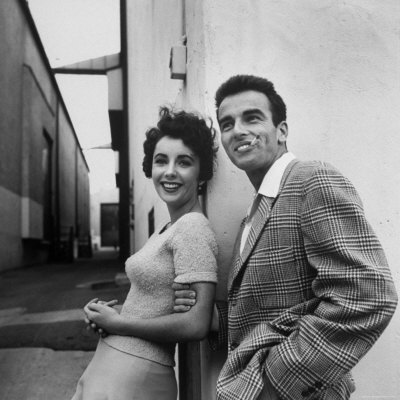
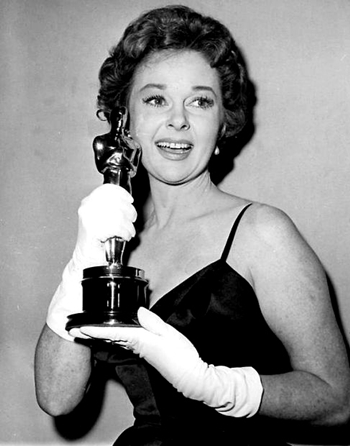
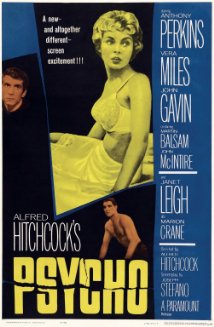
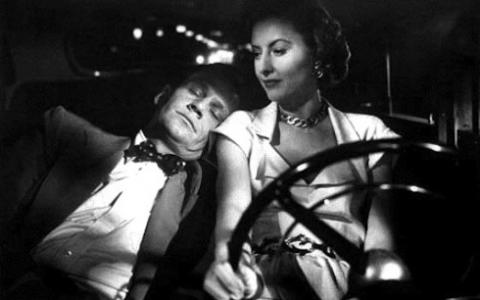
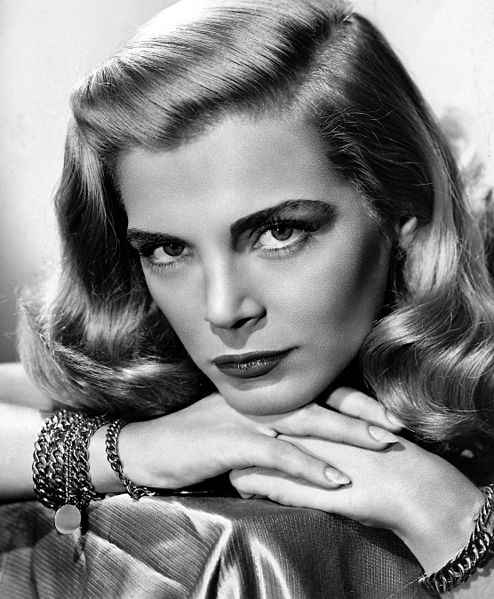

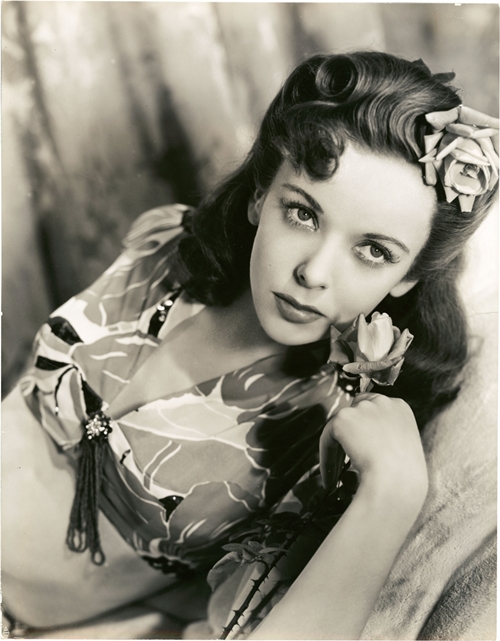
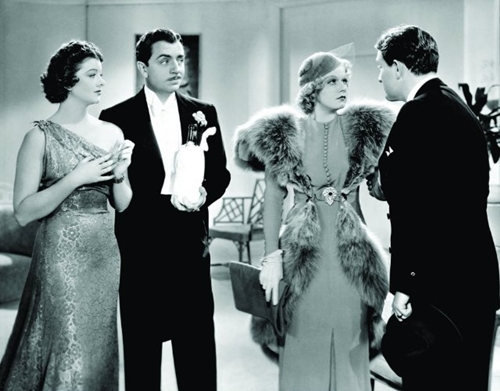





From FNB readers